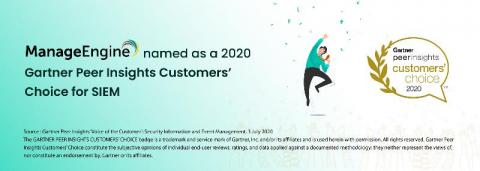Top 5 Risks that Can Compromise Your Life Sciences Data
The goal of every life sciences company is to improve the lives of patients by getting their product to market. To do so often requires successfully completing a clinical trial. It goes without saying, however, that keeping the resulting data secure and compliant is paramount. Restricting access to only those that need it is an essential first step, but there is much more that needs to be done.










